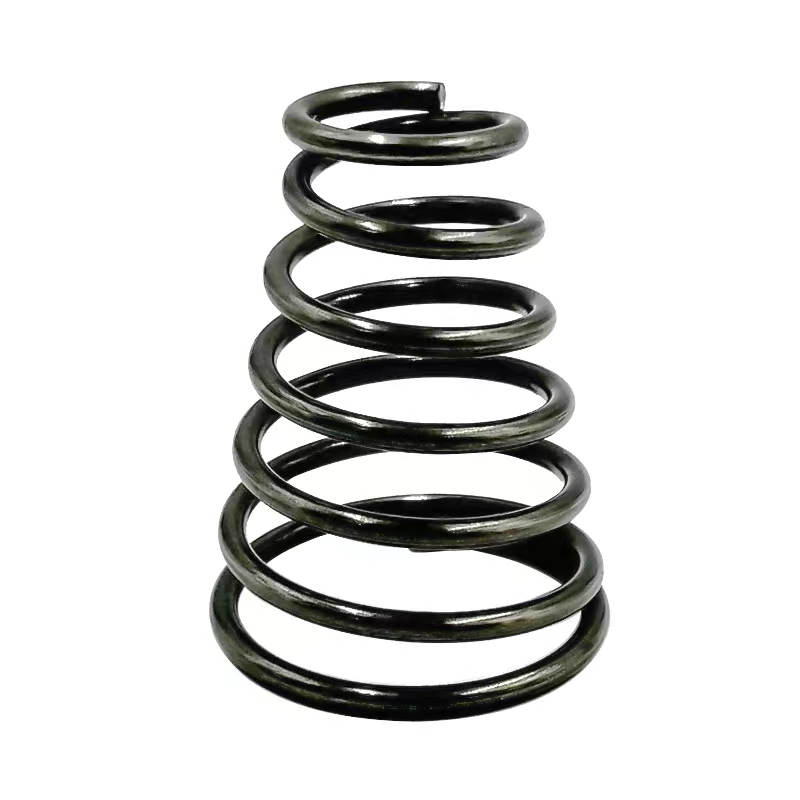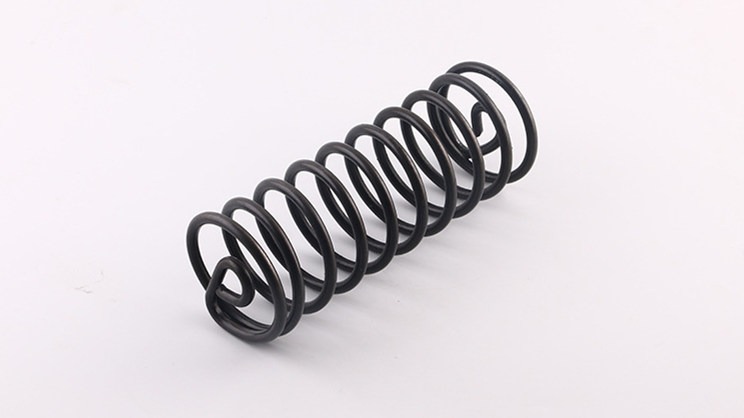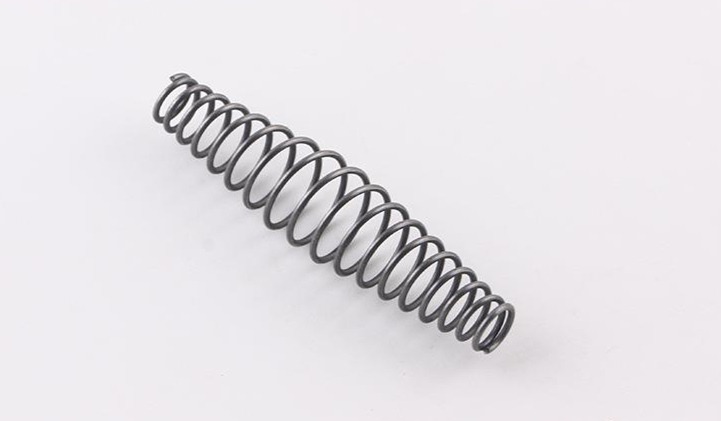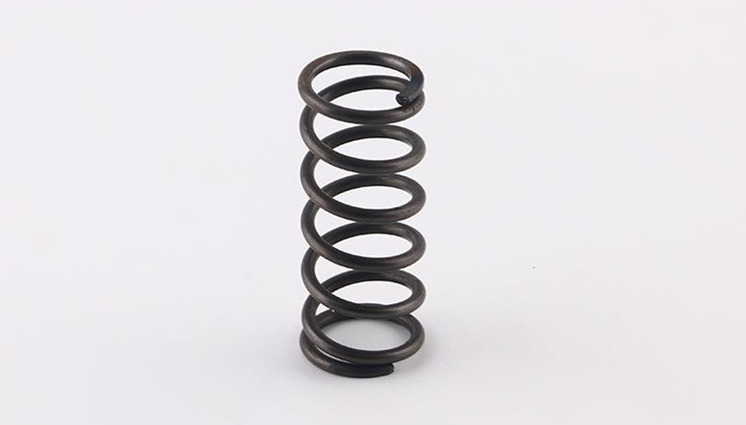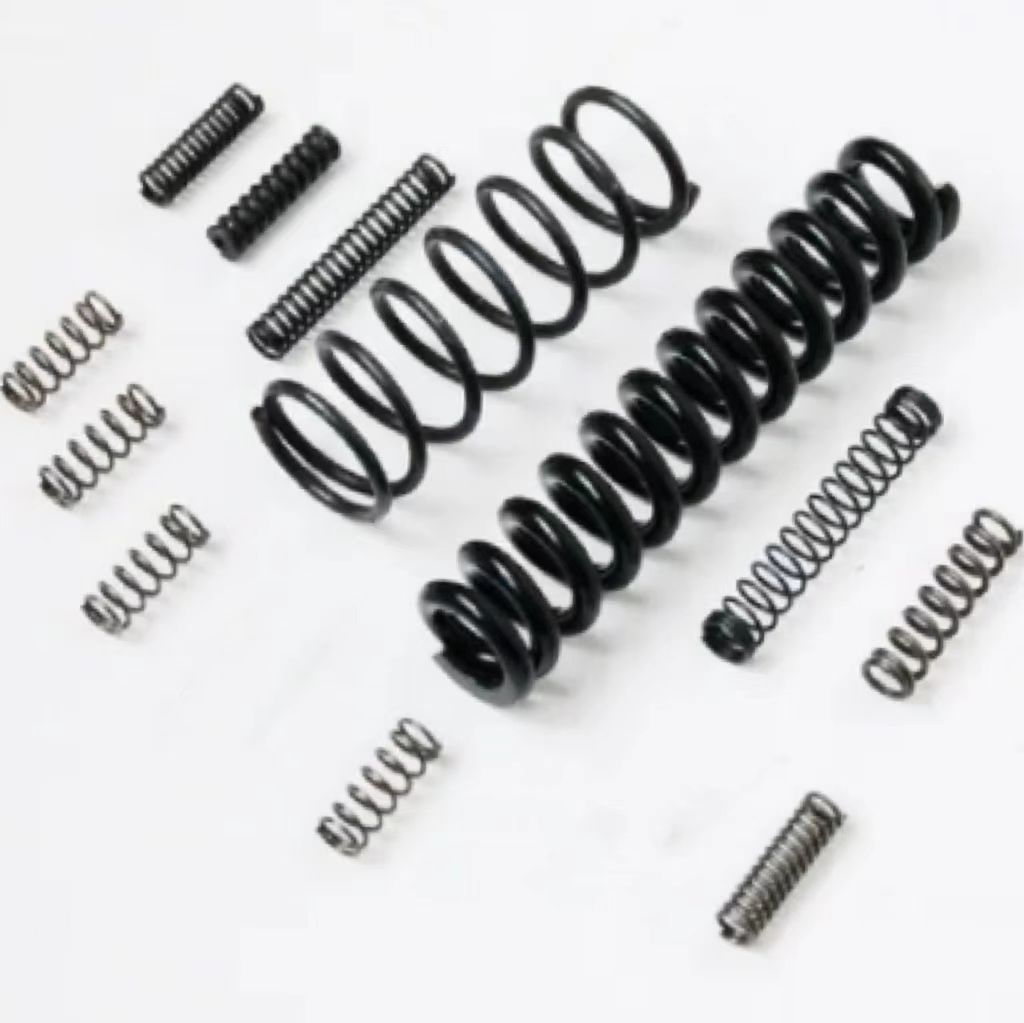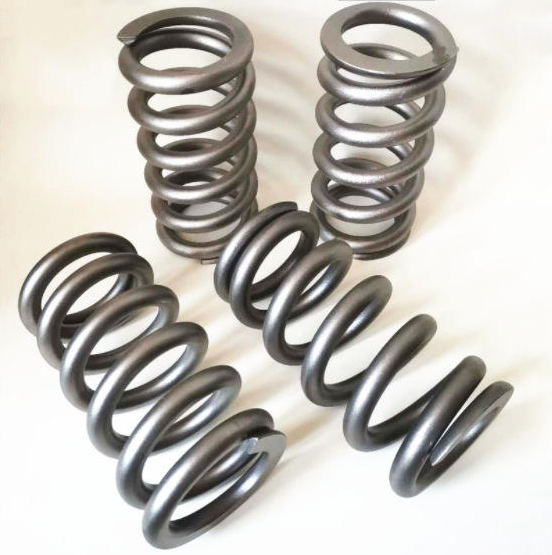3 Tips to Choose The Right Compression Spring
A compression spring is a spring that provides resistance to external pressure. When a load is applied to the compression spring, the spring becomes shorter, then resists the load, and finally returns to its original length. It is a mechanical element that can store energy effectively.
From large products such as automobile engines, major appliances, and lawn mowers, to medical equipment, mobile phones, and precision instruments, compression springs are used in a wide range of applications. Before purchasing a compression spring, be sure to determine the industry and working conditions of the compression spring you need, because this is directly related to the choice of spring material.
So how to choose a compression spring? Here are 3 tips:
According to the number of turns for choosing compression spring
The total number of turns refers to all coils from the top of the spring to the other top. Regardless of whether the ends are in a parallel state or a ground state, both ends of the compression spring have an incomplete coil, which is not an effective number of coils, and is only used to support the upper and lower ends. The effective number of turns refers to the number of complete turns that can perform the function of the spring and can store and release energy in any part of the spring. As for compression springs, when the compression spring is under pressure, the effective coils expand to resist the pressure.
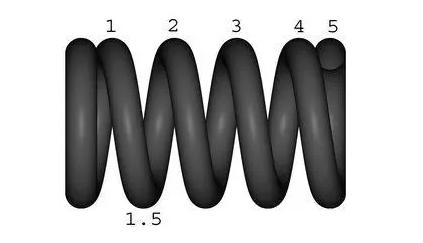
When designing and sizing a spring, it is especially important to count the number of turns in a spring which has a very large effect on the strength of the spring. Determining the number of turns is fairly straightforward, counting from one end of the spring, where the wire is cut, and then rotating with the wire. Every time a 360° is passed, it is regarded as a complete coil (180°=0.5 circle, 90°=0.25 circle). As shown in the picture, the total number of turns of the compression spring is 5 turns, and the number of effective turns is 3 turns. This calculation method also applies to tension and torsion springs.
According to the end type of compression spring
Compression spring end types are different from standard ends and custom ends. The end type affects the pitch, crush height, total number of turns, effective number of turns, free length, and support characteristics of the spring. Standard ends can be open or closed, ground or not ground. Given the same number of coils, wire size and outside diameter (OD), an open or closed end will change the spring rate.
The verticality of the end refers to the verticality deviation when the spring stands naturally and when it stands on a horizontal plane. Perpendicularity directly affects how the axial spring force generated by the spring and how it transmitted to the parts connected to it. An unseated compression spring end type may be suitable for some directly installations, however, closed end faces provide better perpendicularity and reduce the chance of the spring wobbling or disturbing the assembly. Compression springs with tight ends perform better than springs with unground ends. But ground ends require additional machining.
According to the materials used to make compression spring
Common compression spring materials include carbon spring steel, piano wire, stainless steel, alloy spring steel, etc.
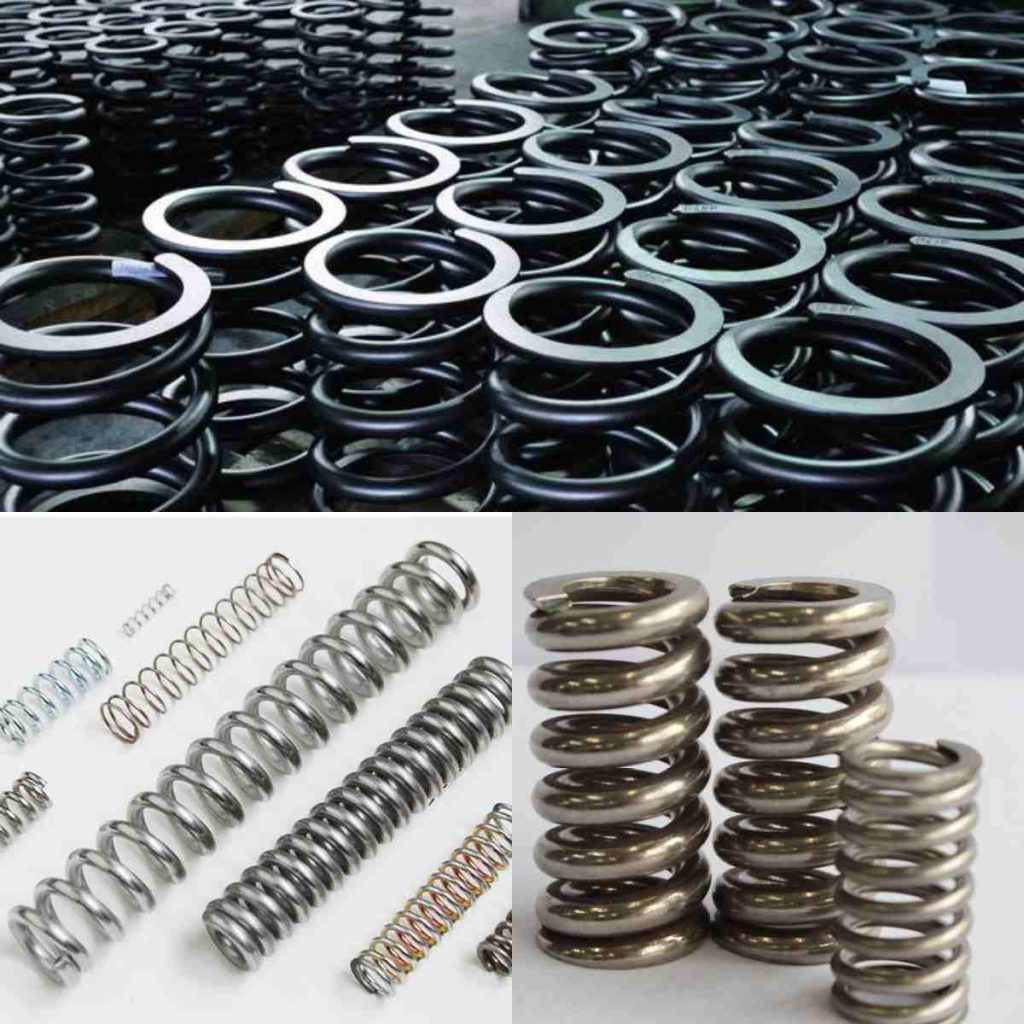
Carbon spring steel: It is characterized by low plasticity, strong elasticity, and strong stress resistance. Commonly used grades 65#, 70#, 65Mn, 82B, 72A, 72B, etc..
Stainless steel compression spring: It is characterized by good corrosion resistance, heat resistance, low temperature strength, and mechanical properties. Stamping, bending, and other hot workability are good, with no heat treatment hardening phenomenon. Commonly used grades 301, 302, 304, 631, etc.
Alloy spring steel: It is characterized by a high yield point and yield strength ratio (σs/σb), elastic limit, and fatigue resistance to ensure that the spring has sufficient elastic deformation capacity and can withstand larger loads. Can use as heavy duty compression springs. Commonly used grades 60Si2MnA, 55CrSi, 50CrVA, etc..
The most popular material is piano wire, a high carbon spring steel. Can be used in high-strength applications including exercise equipment, lawn and garden tools, and home improvement items. For example, the product needs to be used for household products and works in a dry environment, and the spring is inside the product, not an appearance part, but there are certain requirements for the working life, so we should choose carbon spring steel for material selection at this time. The reasons are low cost, strong strength, and good service life.
These are three main points about choosing compression spring, if you still have any confusion please feel free to contact us. As a professional compression spring supplier, KENENG specializes in the design and production of stock and custom compression springs in a variety of sizes and configurations. We offer a variety of materials, lengths, surface finishes, end and spacing configurations, and certifications. We also stock many standard sizes of industrial compression springs, small compression springs, conical springs, helical springs, etc. Welcome customers from home and abroad to negotiate business with KENENG!

